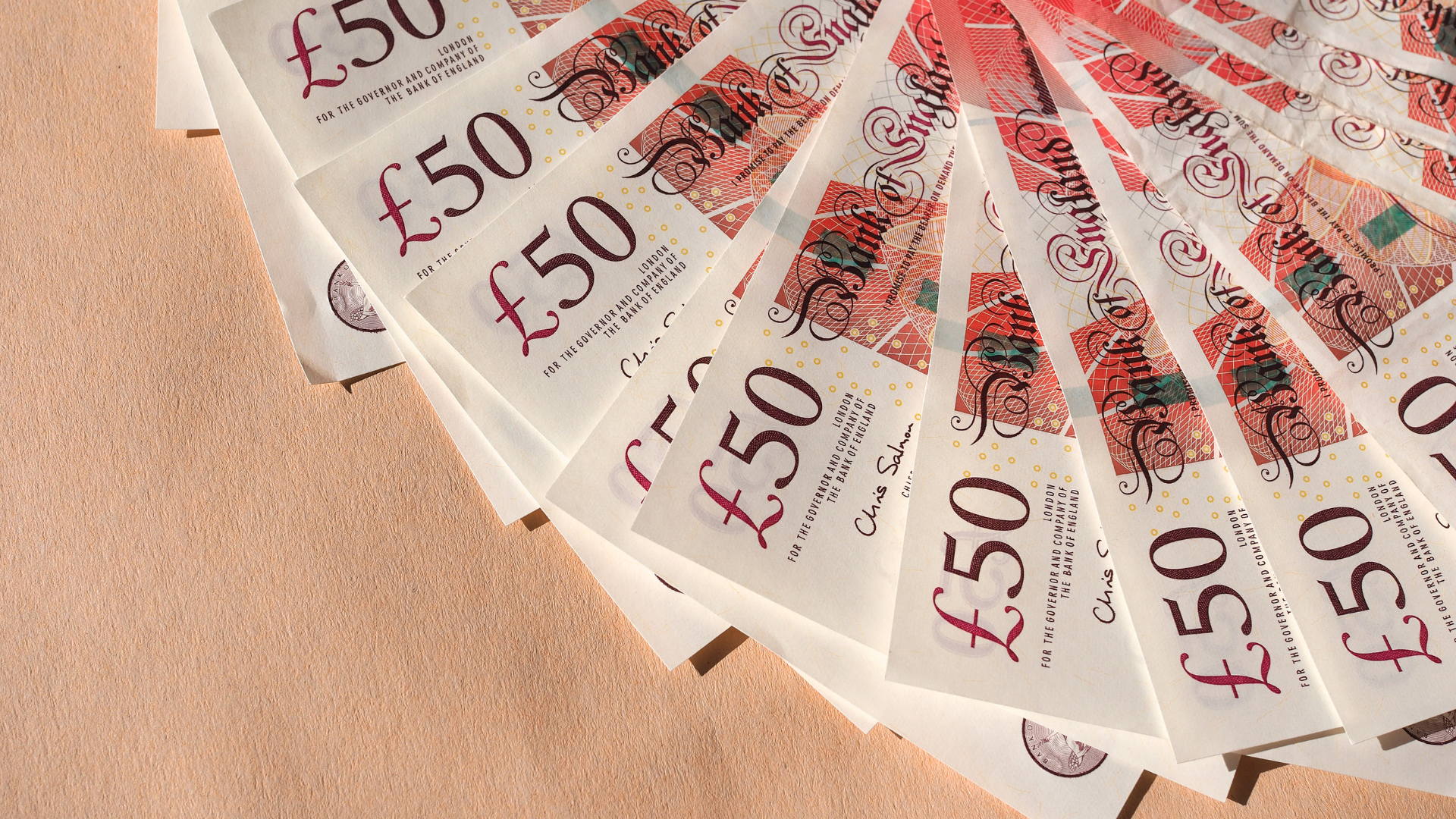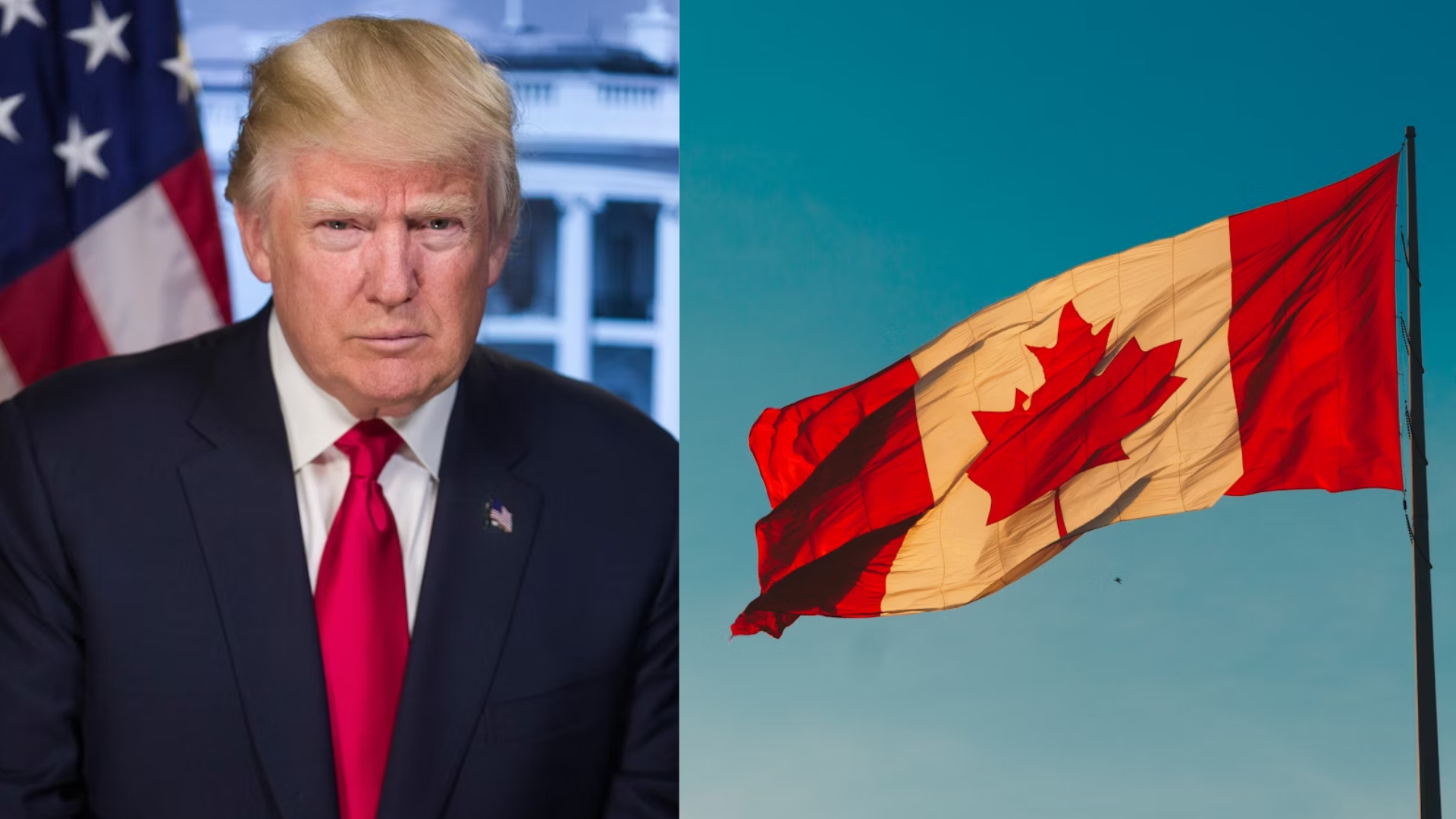The British pound gained ground against the U.S. dollar as the greenback showed signs of weakness, offering temporary relief to currency traders. The move came amid shifting market sentiment, though underlying concerns about global economic conditions and monetary policy kept volatility high.
Despite the pound’s advance, investors remain cautious, with lingering uncertainties surrounding the Federal Reserve’s interest rate outlook and the Bank of England’s stance on inflation. Traders have been closely watching economic data releases and central bank signals for clues about future policy decisions.
The U.S. dollar’s dip was driven in part by softening economic indicators, prompting speculation that the Federal Reserve might hold off on further tightening. However, the broader trend remains uncertain, as any stronger-than-expected inflation data or hawkish comments from Fed officials could quickly reverse market sentiment.
Meanwhile, the Bank of England faces its own challenges, as inflation in the UK remains stubbornly high. Policymakers have been weighing the risks of prolonged high interest rates against the potential economic slowdown, making the pound’s future trajectory dependent on upcoming data and central bank decisions.
While short-term fluctuations are common, analysts caution that the pound’s strength may be temporary if risk aversion returns to the market. Global economic conditions, geopolitical developments, and central bank policies will continue to shape the direction of GBP/USD in the coming weeks.
For now, the currency pair remains in focus, with traders assessing whether the recent rally is a sign of sustained strength or just a brief reaction to a weaker dollar.
















